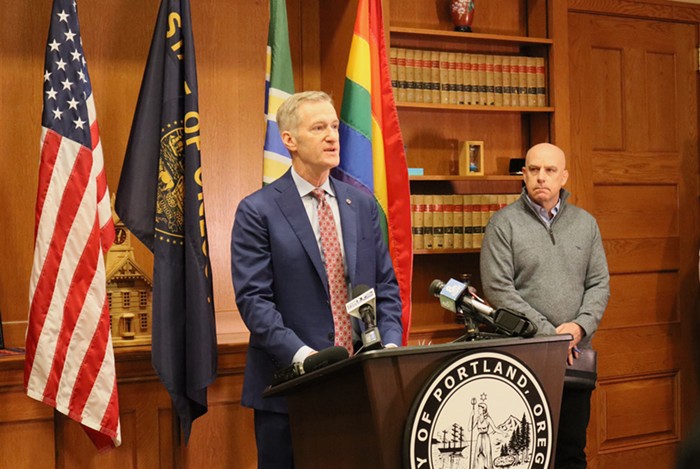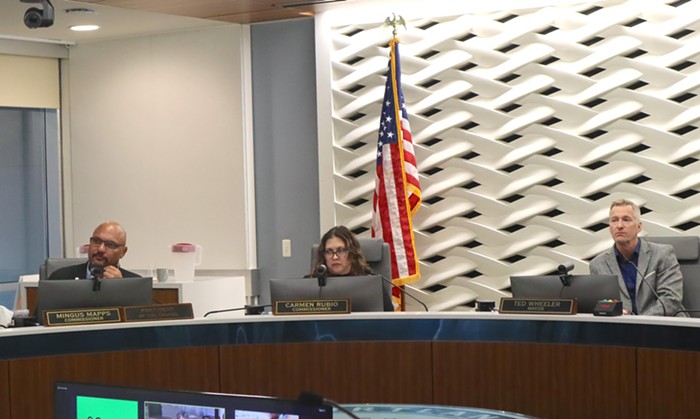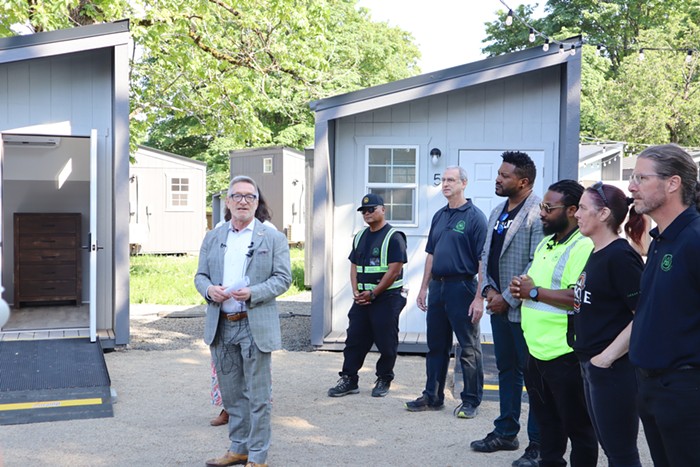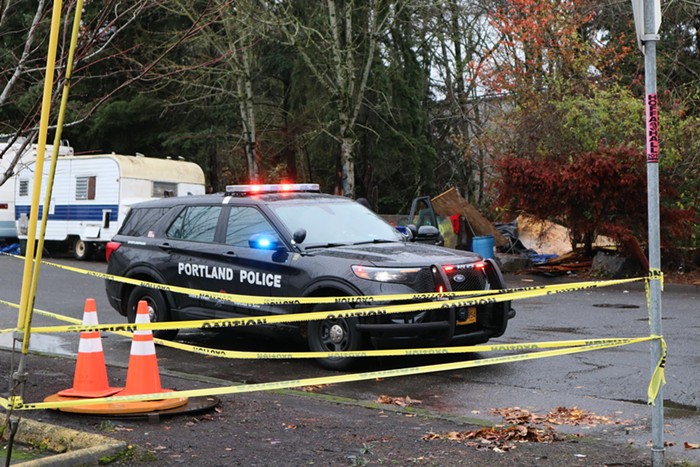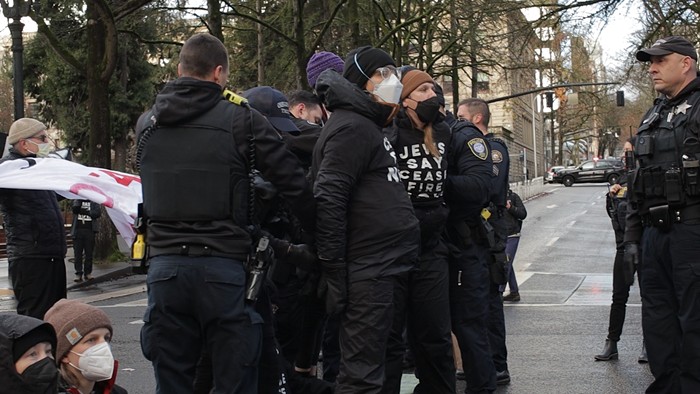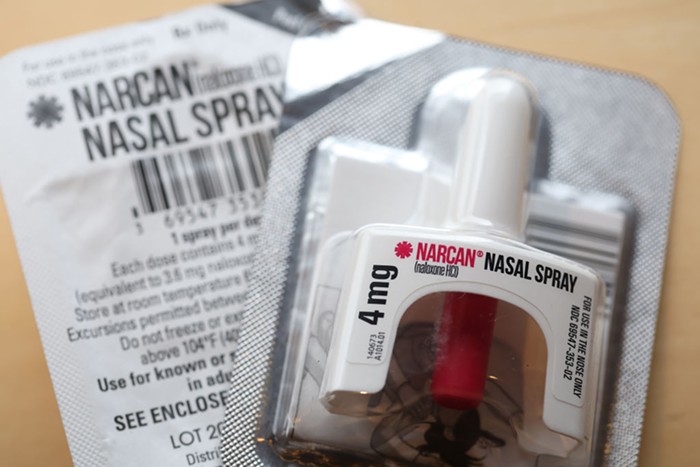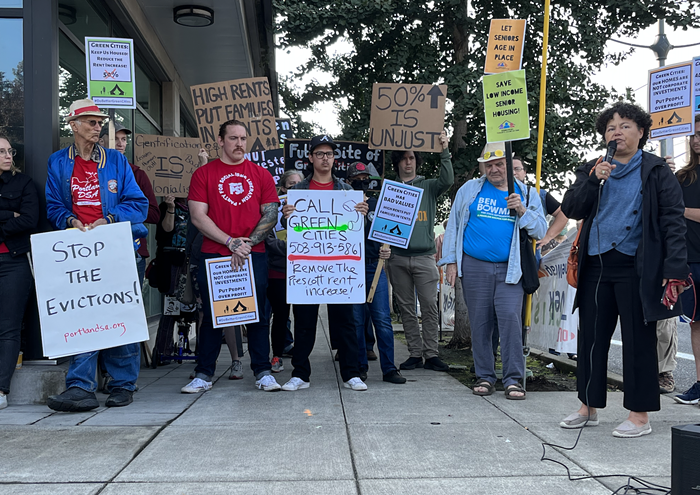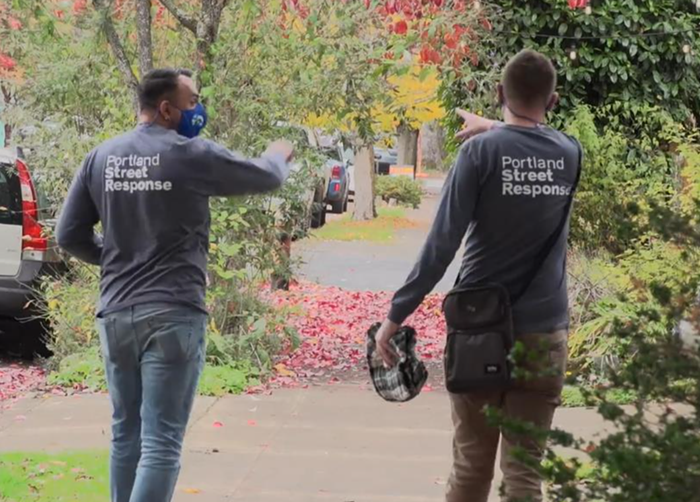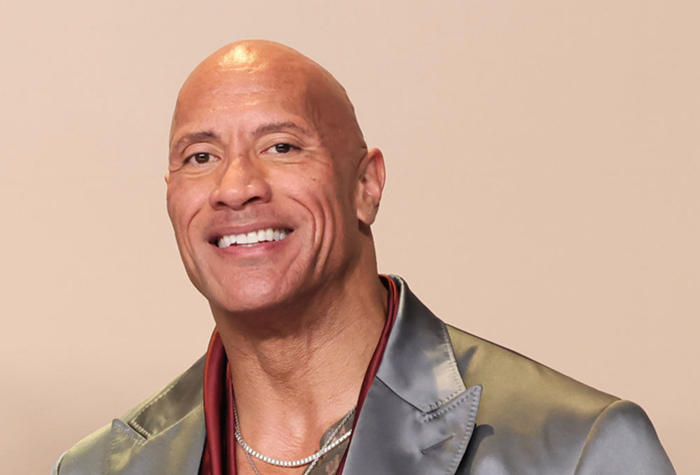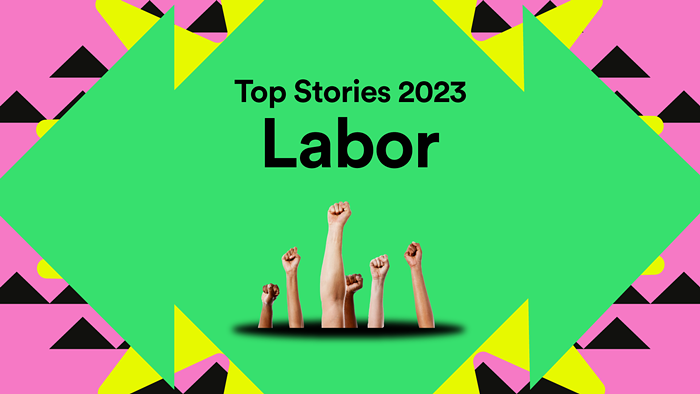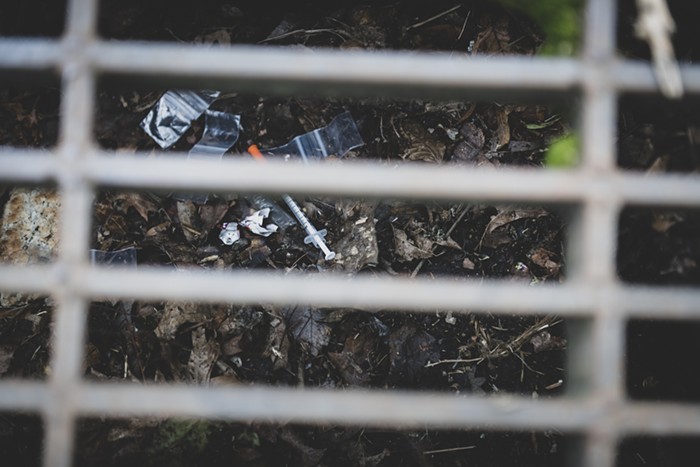MAYOR CHARLIE HALES has suggested he'd be open to setting more limits on when Portland cops can show up at protests in riot gear, echoing campaign rhetoric from 2012 when he joked about painting the cops' armor pink.
But at the same time, Hales says he'll resist calls to play a hands-on role in deciding when police commanders—when they're simply tired of chasing around otherwise peaceful demonstrators—can summarily move to disperse protests or make mass arrests.
The mayor sketched out those stances during an occasionally tense public hearing last Wednesday, January 14, that saw his colleagues on the Portland City Council reluctantly accept a citizen panel's years-in-the-making report on "crowd control" improvements.
Hales was peppered on both points by protest organizers and accountability advocates—but especially so by Commissioner Amanda Fritz, who strongly hinted the police bureau overstepped its bounds the night of November 29 when dozens of protesters, upset over a non-indictment in the police killing of Missouri teenager Michael Brown, were threatened with mass arrest during a somber "die-in" on a deserted road outside Central Precinct ["Sometimes, the Cure Is Worse," News, Dec 3, 2014].
Fritz invoked the council's handling of Occupy Portland protests in 2011—which saw commissioners more heavily involved in decisions by incident commanders—and wondered whether Hales, as police commissioner, was similarly engaged.
"My job is to give general direction but not moment-to-moment management," Hales answered.
"If an incident commander decides he or she wants to disperse a protest for whatever reason," Fritz said, when protesters "may not be causing a problem, they're maybe sitting in a street... you'd then stand by that decision?"
Hales repeated it wasn't his role to second-guess tactics in the moment—preferring to review cops' handling of protests after the fact.
"I know it might be appealing to some people for the police commissioner, namely me, to have more sway, moment by moment, over the operations of the police bureau in situations like that," he said. "But I think in a democracy we might want to be careful of that. That could cut both ways.
"Some mayors might say, 'Don't arrest those people,'" Hales continued. "Maybe I'd be more inclined to say that. Some mayors might be more inclined to say, 'Go arrest those people.' I don't think you want political officials, mayors included, making moment-to-moment decisions involving who gets arrested."
And Fritz, again, disagreed—in situations without injury, property damage, or major disruptions: "I see a role."
"We get to assemble," she said. "I've been to many protests in my life and I want to be able to continue to do that. It's part of who we are as Portlanders and part of who we are as a nation."
Hales was more willing to discuss when cops should show up in full gear. Don't Shoot Portland organizer Teressa Raiford and Dan Handelman of Portland Copwatch both testified that just a glimpse of armored cops at a peaceful protest comes off as intimidation, especially for African Americans.
Hales said "there has to be a line" in which cops—when dealing with actual violence or keeping people off highways—need the gear to protect themselves and others. "[But] I want to hear what people think that line is."
Raiford offered some guidance.
"There's a difference between protesters and rioters," she reminded everyone, saying merely marching in streets like Reverend Martin Luther King Jr. did "is our freedom."
"When we talk about deadly force and riot gear, you have to talk about what's happening," Raiford said.

